Top Cage Issues for Pet Birds and Effective Solutions to Ensure Their Health and Happiness" Generate
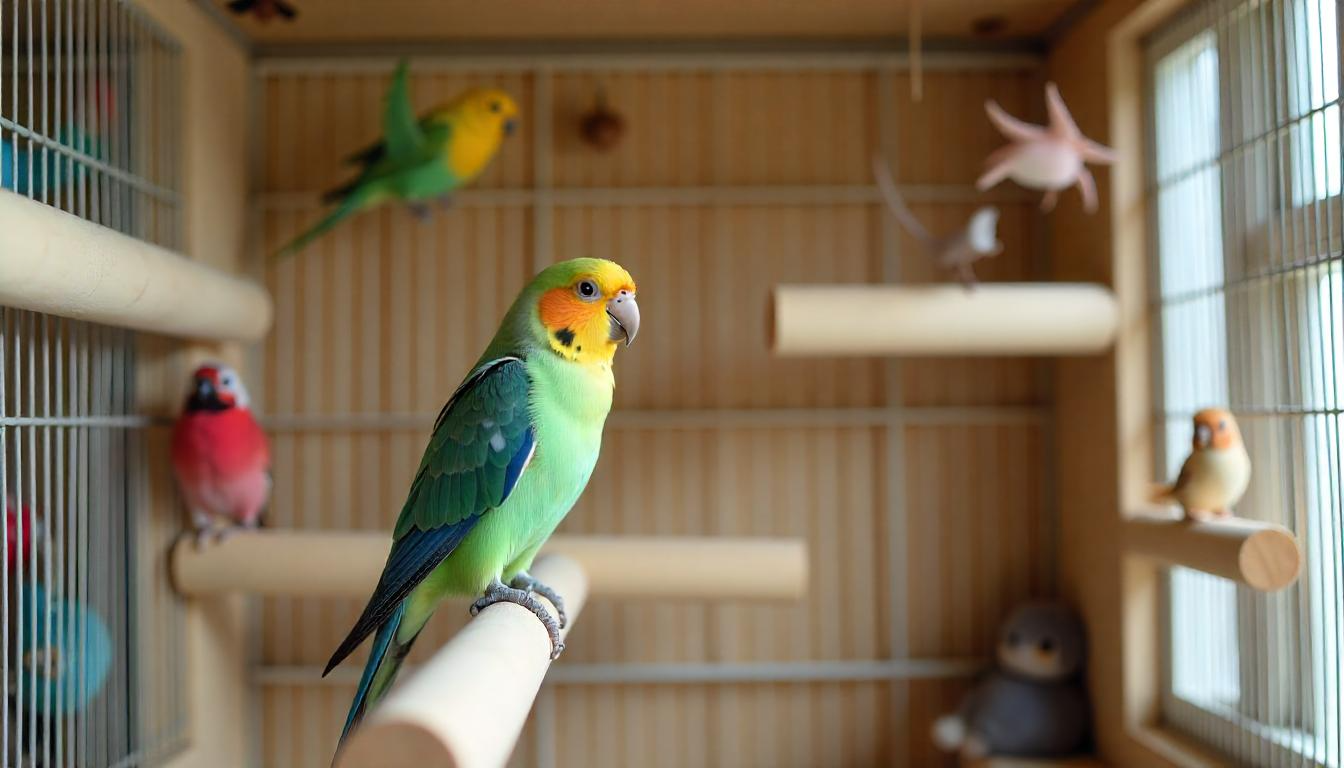
Owning a pet chook may be an extremely profitable experience. These feathered companions bring pleasure, personality, and existence into our houses. However, one of the most important aspects of caring for a pet hen is making sure that its cage offers a secure, snug, and stimulating environment. Unfortunately, many bird proprietors come across not unusual cage-related issues, which can have an effect on their puppy's fitness and happiness. In this text, we can discover those problems and offer sensible solutions that will help you create the correct habitat for your avian buddy.
1. Inadequate Space
One of the most frequent problems with bird cages is inadequate area. Many human beings underestimate how a whole lot of room birds need to spread their wings, fly (even if just brief distances), and interact in natural behaviors like mountaineering or gambling. A cramped cage can lead to pressure, weight problems, behavioral troubles, or even physical illnesses along with muscle atrophy.
Solution:
Choose a cage that is accurately sized for your hen species. As a well-known rule:
Small birds (e.g., finches, canaries): Minimum dimensions of 24" x 18" x 18".
Medium birds (e.g., cockatiels, parakeets): minimum dimensions of 36" x 24" x 24".
Large birds (e.g., Amazon parrots, macaws): minimum dimensions of 48" x 36" x 48".
Additionally, ensure there’s enough horizontal space for wing flapping and vertical space for mountaineering.
2. Poor Ventilation
A loss of right airflow in the cage can motivate respiration problems for birds, which have sensitive breathing structures. Over time, terrible airflow may result in ailments as a result of trapped dirt, dander, or fumes from cleansing products.
Solution:
Place the cage far away from windows where drafts would possibly occur, but make sure it has access to fresh air. Avoid retaining the cage in kitchens or close to chemical-heavy areas. Regularly ease the cage to lessen dust accumulation, and do not forget the use of air purifiers designed for pet environments.
3. Unsuitable Perch Materials
Perches are critical for a fowl's foot health, but some materials—which include easy dowel rods or plastic perches—can cause pain, calluses, or maybe bumblefoot (a bacterial infection).
Solution:
Provide a variety of perch types made from herbal timber, rope, or cement (for gentle submitting of nails). Ensure perches range in diameter so your hen can exercise extraordinary muscle tissues whilst standing. Rotate perches often to prevent pressure points on the feet.
4. Lack of Enrichment
Birds are intelligent creatures that require mental stimulation to thrive. An uninteresting cage without toys, puzzles, or interactive factors can bring about boredom, frustration, and destructive behaviors like feather plucking.
Solution:
Fill the cage with enriching items together with:
Foraging toys
Puzzle feeders
Chewable gadgets (wooden blocks, branches)
Bell toys
Mirrors (use sparingly, as they could occasionally encourage competitive behavior)
Rotate toys every week to preserve things interesting and introduce new demanding situations to your chook.
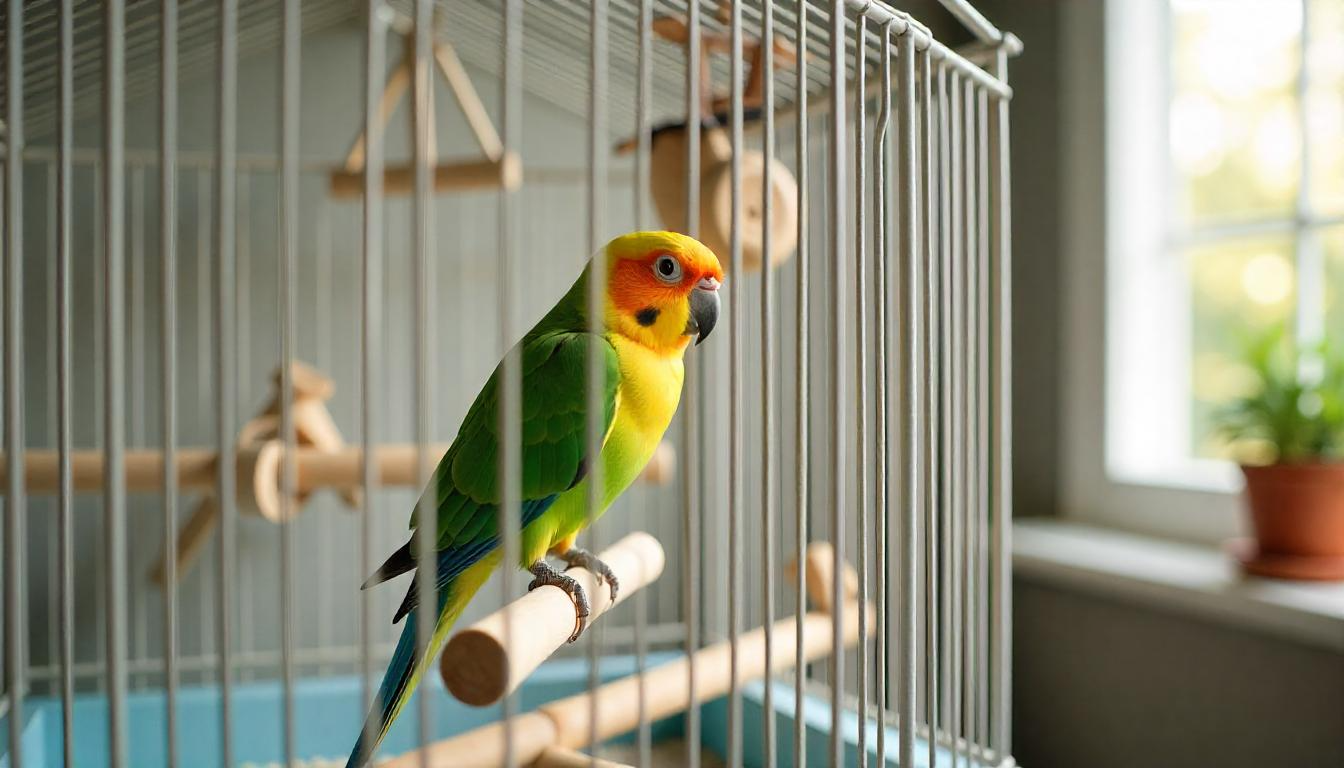
5. Incorrect Bar Spacing
The spacing among cage bars needs to match the dimensions of your bird to save you escape tries or accidents. If the gaps are too wide, smaller birds ought to get stuck or injured looking to squeeze via. Conversely, overly narrow bars can frustrate larger birds.
Solution:
Check the encouraged bar spacing for your precise bird species earlier than purchasing a cage. For instance:
Small birds: ¼ inch spacing
Medium birds: 1/2 inch spacing
Large birds: 5/8 inch spacing
6. Toxic Materials
Some cages are covered with harmful finishes or comprise dangerous metals like zinc or lead that can poison birds if ingested. Even certain paints or rusted surfaces pose risks.
Solution:
Always buy cages classified as "hen-safe" or made from stainless steel, powder-coated metallic, or untreated wood. Inspect the cage regularly for signs of wear and tear or rust, and update any damaged elements right away.
7. Improper Placement
Where you region the cage can appreciably impact your hen's proper being. Placing it in excessive-site visitors regions or without delay below vents, enthusiasts, or daylight can strain out your pet. On the alternative hand, separating the cage in a quiet corner might also make your bird feel disregarded.
Solution:
Position the cage in a family-pleasant place where your chook can observe day-by-day activities, however, isn't crushed with the aid of constant noise or activity. Partially cowl the cage at night to imitate natural darkness and sell restful sleep.
8. Overcrowding
If you own multiple birds, overcrowding will become a difficulty. Too many birds in one cage can result in territorial disputes, aggression, and improved waste buildup, growing unsanitary situations.
Solution:
Ensure every chook has adequate non-public area in the cage. Alternatively, put money into separate cages for personal birds, allowing them supervised playtime together outside their enclosures.
Conclusion
By addressing those common cage problems, you could substantially beautify the nice of existence for the one that you love puppy chook. Remember, a well-maintained and thoughtfully designed cage serves as both a sanctuary and playground for your feathered companion. With the right care and interest, your chook will experience a satisfied, wholesome lifestyle packed with exploration, interplay, and comfort.
Latest Posts
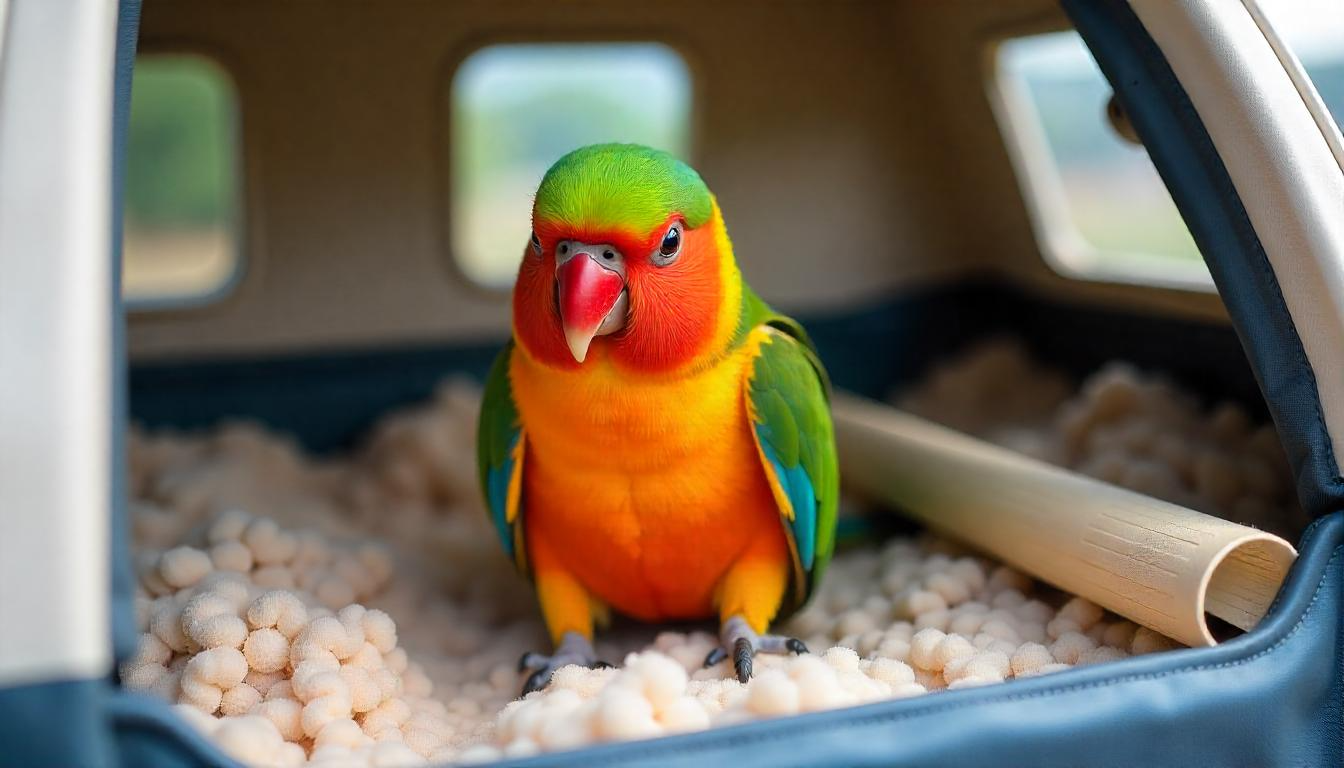
Traveling with Your Bird: Essential Tips for Safe and Stress-Free Trips
Discover professional recommendations for traveling together with your chook appropriately and effortlessly. From deciding on the right provider to a…
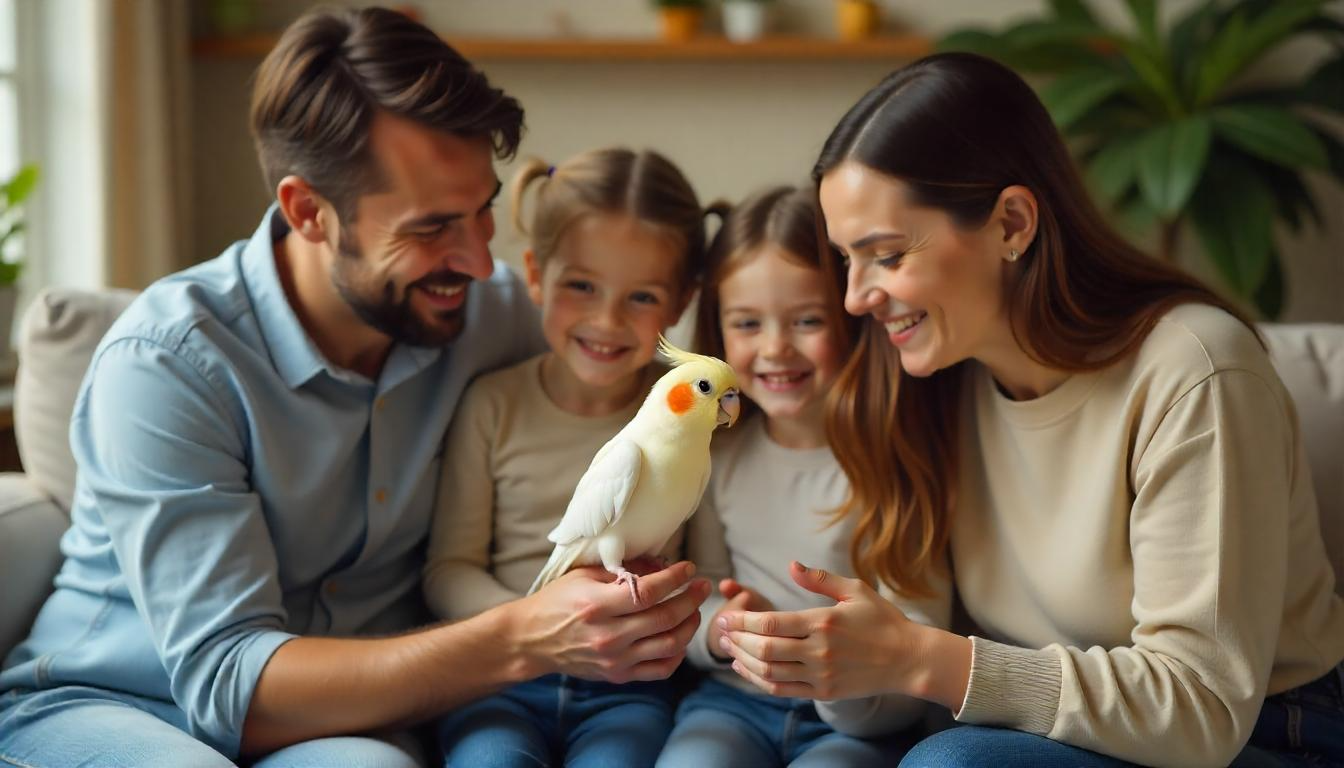
Is a Bird the Right Pet for You? Discover the Joys and Responsibilities of Feathered Companions
Considering a hen as a puppy? Learn about the benefits, demanding situations, and care necessities to decide if a feathered partner is the appropriat…
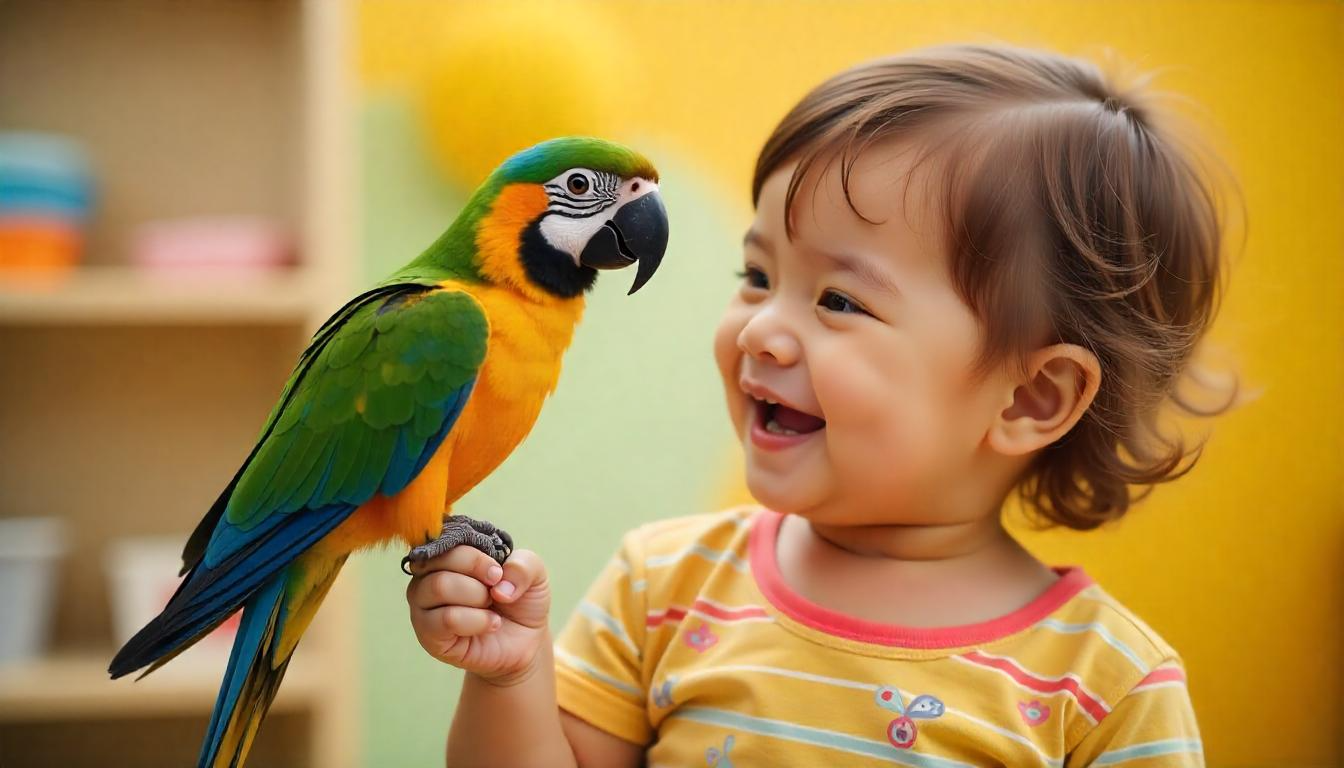
Top Activities for Kids and Pet Birds: Fun, Educational, and Bonding Ideas
Discover fun and educational activities for kids and pet birds that promote bonding, learning, and responsibility. Strengthen the connection between …




